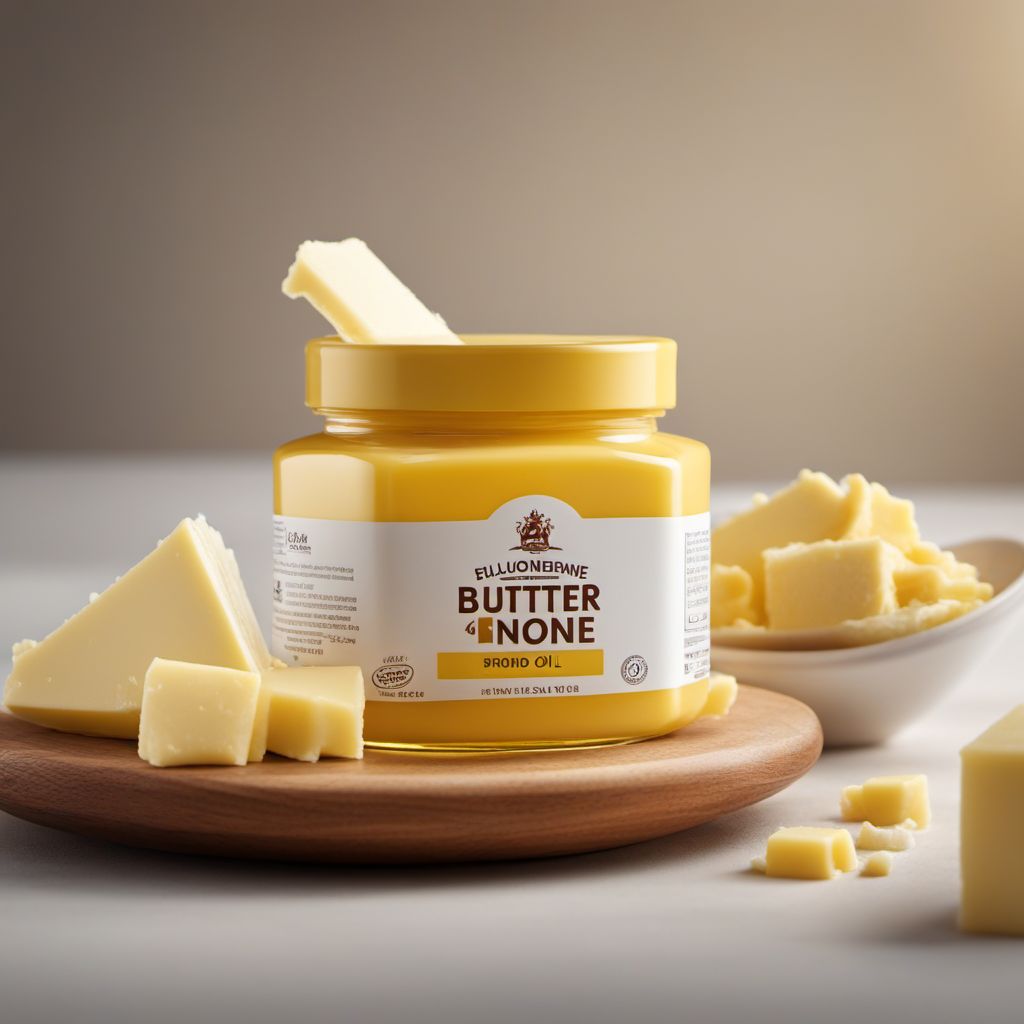
Ingredient
Butter and margarine/oil blends
The Creamy Versatility
Butter and margarine/oil blends are creamy, indulgent ingredients that enhance the flavor and texture of various dishes. Butter has a rich, savory taste with a hint of sweetness, while margarine/oil blends offer a similar creamy texture with a milder flavor. Both ingredients can be used in baking, cooking, or as spreads.
Origins and history
Butter has been used for centuries and has a long history in European cuisine. It is made by churning cream or fermented milk, resulting in a smooth and creamy product. Margarine, on the other hand, was developed as a substitute for butter and gained popularity in the early 20th century. Margarine/oil blends combine the best qualities of both butter and oil, offering a versatile option for cooking and baking.
Nutritional information
Butter is a good source of fat-soluble vitamins like vitamin A, vitamin E, and vitamin K. It also contains small amounts of essential fatty acids and cholesterol. Margarine/oil blends are often fortified with vitamins and may contain less saturated fat than butter, making them a healthier alternative for some individuals.
Allergens
Butter and margarine/oil blends may contain milk proteins, making them unsuitable for individuals with dairy allergies or lactose intolerance. Some margarine/oil blends may also contain soy or other allergens, so it is important to check the label for allergen information.
How to select
When selecting butter, look for a product with a rich, creamy color and a fresh, sweet aroma. It should be firm but not hard, and free from any off odors. Margarine/oil blends should have a smooth, spreadable consistency and a mild, pleasant scent. Opt for products made with high-quality oils and without artificial additives or hydrogenated fats.
Storage recommendations
Butter should be stored in the refrigerator to maintain its freshness and prevent spoilage. It can also be frozen for longer storage. Margarine/oil blends should be stored according to the manufacturer's instructions, but they are generally kept in the refrigerator to maintain their texture and prevent rancidity.
How to produce
Butter can be produced by churning cream or fermented milk. To make margarine/oil blends, oils like soybean, canola, or sunflower are blended with water, emulsifiers, and flavorings. These ingredients are mixed together until a smooth and creamy consistency is achieved. Homemade butter can also be made by whipping cream until it separates into butter and buttermilk.
Preparation tips
Butter can be used in a variety of ways, such as baking, cooking, or as a spread. It adds richness and flavor to baked goods, sauces, and sautéed dishes. Margarine/oil blends can be used as a substitute for butter in most recipes and are particularly useful for vegan or lactose-intolerant individuals. They can also be used as a spread or for pan-frying.
Culinary uses
Butter and margarine/oil blends are widely used in culinary applications. Butter is a staple in European cuisine, where it is used in pastries, sauces, and traditional dishes. Margarine/oil blends are commonly used as a substitute for butter in baking and cooking, especially in vegan or dairy-free recipes. Both ingredients are also popular as spreads for bread or toast.
Availability
Butter and margarine/oil blends are available in most grocery stores and supermarkets worldwide. They are also produced by various brands and manufacturers, offering a wide range of options for consumers.
More ingredients from this category
Recipes using Butter and margarine/oil blends » Browse all
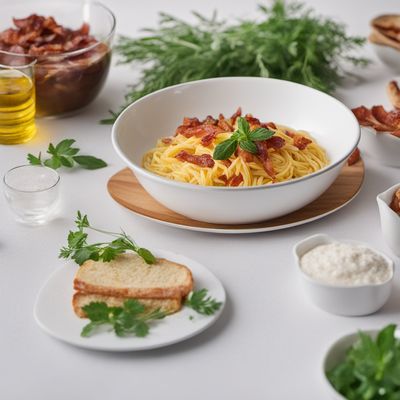
Koruzna Prga with a Twist
Savory Slovenian Cornbread Delight

New Mexican Style Ćevapi
Spicy and Savory Green Chile Ćevapi
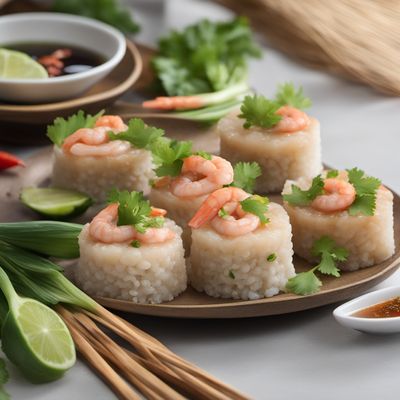
Steamed Rice Cakes with Shrimp and Pork Filling
Delicate Vietnamese Steamed Rice Cakes with Savory Filling

Pueblo Bread Recipe
Savory Cornbread Delight

Chinese-style Garlic Sauce
Szechuan Garlic Delight
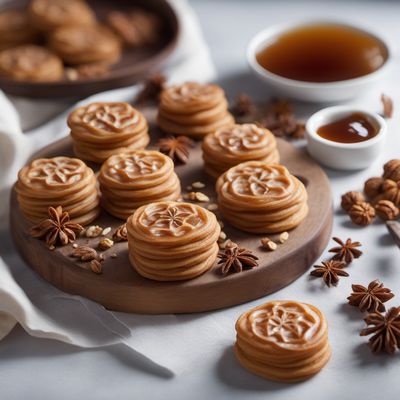
Yamal-Inspired Sweet Honey Pastries
Honeyed Delights from the Yamal Tundra
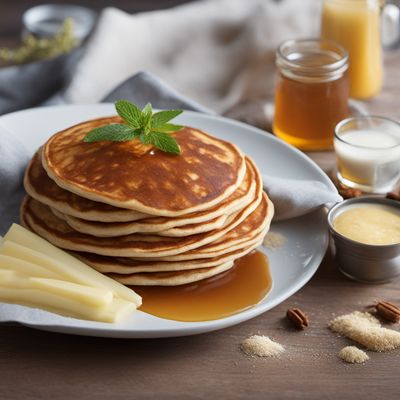
Tatar Honey Pancakes
Golden Delights: Tatar Honey Pancakes
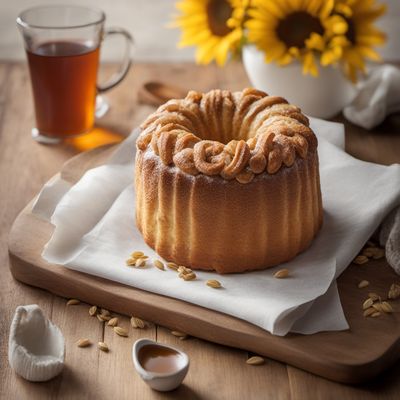
North Dakota-inspired Ciambella di San Cataldo
Prairie Twist: North Dakota-inspired Ciambella di San Cataldo

Moroccan-style Samosa
Exotic Moroccan Spiced Samosa Delight

Hazaragi Chocolate Delight
Decadent Hazaragi Chocolate Cake: A Sweet Delight from the Mountains

Angolan-style Egg Bread
Savory Egg Bread with a Taste of Angola
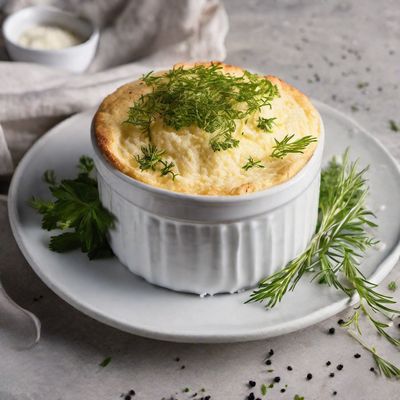
Nouvelle Cuisine Soufflé
Elevate Your Tastebuds with a Nouvelle Cuisine Soufflé